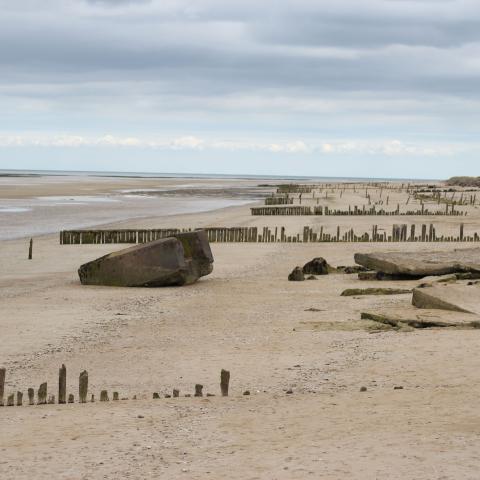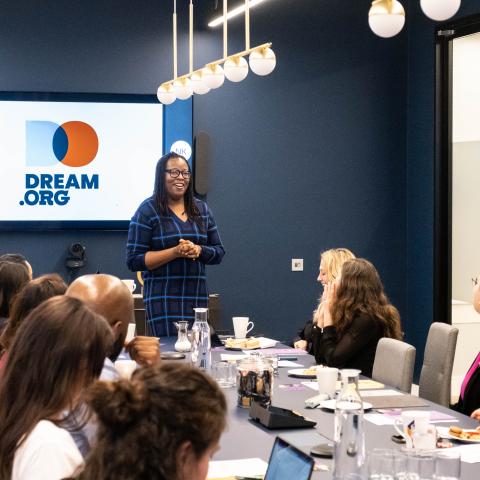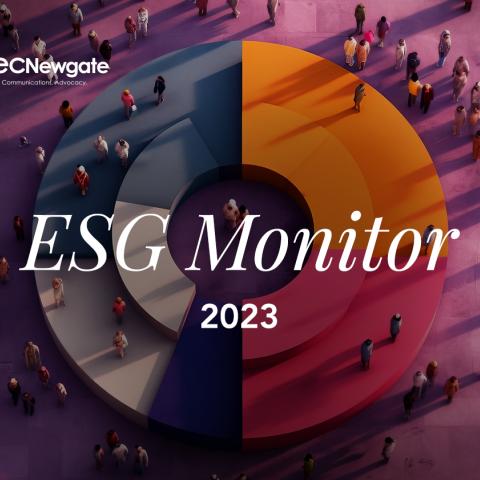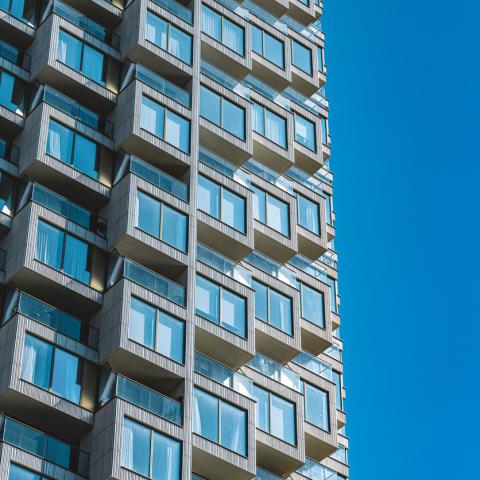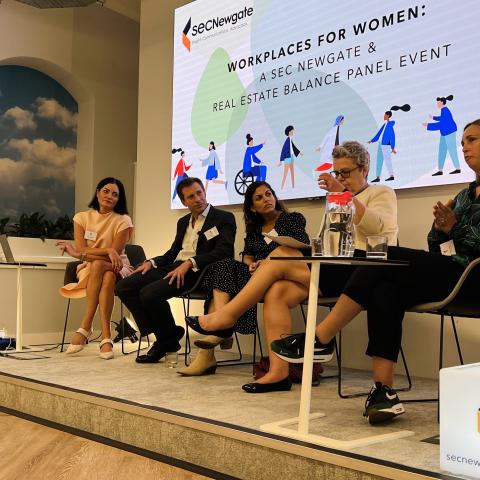Grassroots music venues need good planning, not more regulation
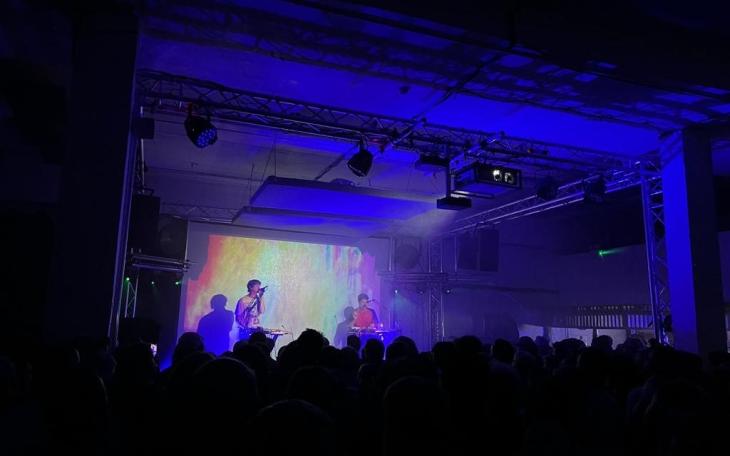
When was the last time you saw some live music at a local venue? Not at the O2 or a football stadium, but at one of the small venues that are the lifeblood of the UK’s music scene. If the answer is ‘too long ago’ then there’s no better time to get out and see some live music, as this week marks Independent Venue Week, the UK’s annual 7-day celebration of independent music & arts venues and the people that own, run and work in them.
It's no accident that Independent Venue Week kicks off in January, which is traditionally one of the toughest months for live venues. Independent music venues need all the support they can get. The UK music industry pumped £6.7 billion into the country’s economy in 2022, but many of the country’s smallest venues are in crisis.
Last year was the worst for venue closures in a decade, according to the Music Venues Trust, with two venues closing down every single week ‒ 125 lost in total. While grassroots venues contribute well over £501m to the UK economy, and provide over 28,000 jobs, their profit margin last year was just 0.5% and 38% of venues made a loss in 2023. Grassroots venues face a range of challenges, including rent hikes, redevelopment plans, noise complaints, and a reduction in footfall amid the cost of living crisis.
Speaking at the Space UK property event in London last week, Amy Lame, London’s Night Czar, said a big part of the issue is a lack of planning to support the night-time economy. Too often, night life is a treated as an issue to be managed and regulated, rather than planned for and supported, she argued. We think mainly about what we don’t want and what we want to prevent, rather than thinking about what we do want, and what we might be able to foster and encourage.
Part of the issue is misperceptions. Lame observed that contrary to popular belief, just 4.3% of crime at night is alcohol related, while people are far more likely to visit A&E as a result of a sports-related injury than due to drink. There is also not enough thinking in real estate development around how a scheme might work at night. Think, for example, how many development proposals actually present visualisations of the scheme at night? Instead, CGIs almost ubiquitously present an image of a proposed scheme on a bright summer day, with verdant landscaping in full bloom. This suggests that too often how a scheme functions at night is not properly thought through.
To address this Lame exhorted the property and planning professionals present at Space UK to “not over-regulate” and instead “plan better” to encourage a positive night-time economy on local high streets, challenging attendees to subject all their proposals to a ‘night test’, assessing how a scheme works to support a safe, positive and vibrant night-time economy. This can simply involve thinking through every aspect of a development, from lighting strategies to public realm to the proposed mix of uses, to ensure proposals are optimised for the community not just during daylight hours, but in the dark too (which in winter, let’s face it, is a good part of the day as well).
In Independent Music Week, this seems a good challenge for the industry to take on. It may be too late for new year’s resolutions, but as Dry January comes to an end, wouldn’t it be wonderful if everyone working in property and planning agreed to (A) subject their development proposal to the ‘night test’ and (B) headed out to see a band at a local venue. It could be just the fillip grassroots venues need. And you may even discover a new favourite band.


